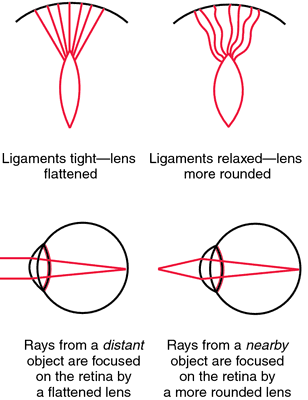A client was recently diagnosed with a heart murmur and is asking the nurse for more information. The nurse will educate the client that a heart murmur:
indicates turbulent blood flow through a valve.
is an extra sound due to blood entering an inflexible chamber.
means that there is some inflammation around the heart.
is a high-pitched sound due to a narrow valve.
The Correct Answer is A
A. Indicates turbulent blood flow through a valve:
This statement is correct. A heart murmur is an abnormal sound during the heartbeat cycle, often indicating turbulent blood flow through a valve. Murmurs can result from various factors such as valve disorders, structural abnormalities, or other heart conditions.
B. Is an extra sound due to blood entering an inflexible chamber:
This statement is not accurate. Heart murmurs are primarily associated with turbulent blood flow rather than an extra sound related to an inflexible chamber.
C. Means that there is some inflammation around the heart:
This statement is incorrect. Heart murmurs are not specifically related to inflammation around the heart. They are primarily caused by issues with blood flow through the heart valves.
D. Is a high-pitched sound due to a narrow valve:
This statement is a bit oversimplified. While murmurs can sometimes be associated with narrow valves (stenosis), they can also result from various other valve abnormalities or conditions, and not all murmurs are high-pitched. The pitch and characteristics of a murmur can provide clues about its cause, but they are not the sole indicators.
Nursing Test Bank
Naxlex Comprehensive Predictor Exams
Related Questions
Correct Answer is C
Explanation
A. Discuss that a light will be directed at the neck to observe for pulsations of the artery:
This choice is incorrect. Directing light at the neck is not a standard method for assessing carotid artery pulsations. The carotid artery is usually assessed by palpation to feel the pulse rather than visual observation.
B. Instruct the client to take a deep breath and "hold" while the nurse briefly auscultates:
This choice is incorrect. Auscultation is typically not used to assess carotid artery pulsations. Palpation (feeling the pulse) is the primary method used for this assessment.
C. Demonstrate that both arteries will be palpated simultaneously to compare amplitude:
This choice is correct. Palpating both carotid arteries simultaneously allows the nurse to compare the amplitude (strength) of the pulses. This comparison helps in assessing the symmetry of the pulses and ensures there are no significant differences between the two sides, which could indicate vascular abnormalities.
D. Show the client the diaphragm of the stethoscope that will be placed on the neck:
This choice is incorrect. The diaphragm of the stethoscope is not typically used for palpating pulses. Palpation involves using the fingertips to feel the pulse and assess its strength and regularity.
Correct Answer is A
Explanation
A. The pupils constrict when the examiner's index finger slowly moves toward the client's nose.
This statement is correct. Visual accommodation is the process by which the eye's lens changes shape to focus on objects at varying distances. When an object moves closer to the eyes, the pupils constrict to adjust and focus on the near object, preventing double vision.
B. The client involuntarily blinks in the presence of bright light directed over the pupils during the eye exam.
This statement describes the pupillary light reflex, not visual accommodation. The pupillary light reflex is the response of the pupils to light exposure.
C. The client's peripheral vision becomes sharper when the examiner shines a light over the pupils.
This statement is not accurate. Peripheral vision sharpness is not related to visual accommodation. Visual accommodation mainly involves adjusting focus for objects at varying distances.
D. The pupils dilate when the examiner's index finger slowly moves toward the client's nose.
This statement is incorrect. Pupils should constrict, not dilate, when focusing on a near object (as in visual accommodation). Dilation occurs in low-light conditions or in response to sympathetic stimulation.

Whether you are a student looking to ace your exams or a practicing nurse seeking to enhance your expertise , our nursing education contents will empower you with the confidence and competence to make a difference in the lives of patients and become a respected leader in the healthcare field.
Visit Naxlex, invest in your future and unlock endless possibilities with our unparalleled nursing education contents today
Report Wrong Answer on the Current Question
Do you disagree with the answer? If yes, what is your expected answer? Explain.
Kindly be descriptive with the issue you are facing.
